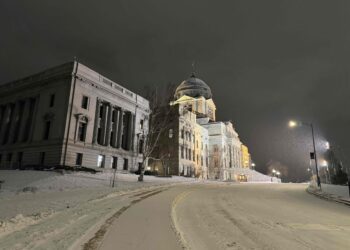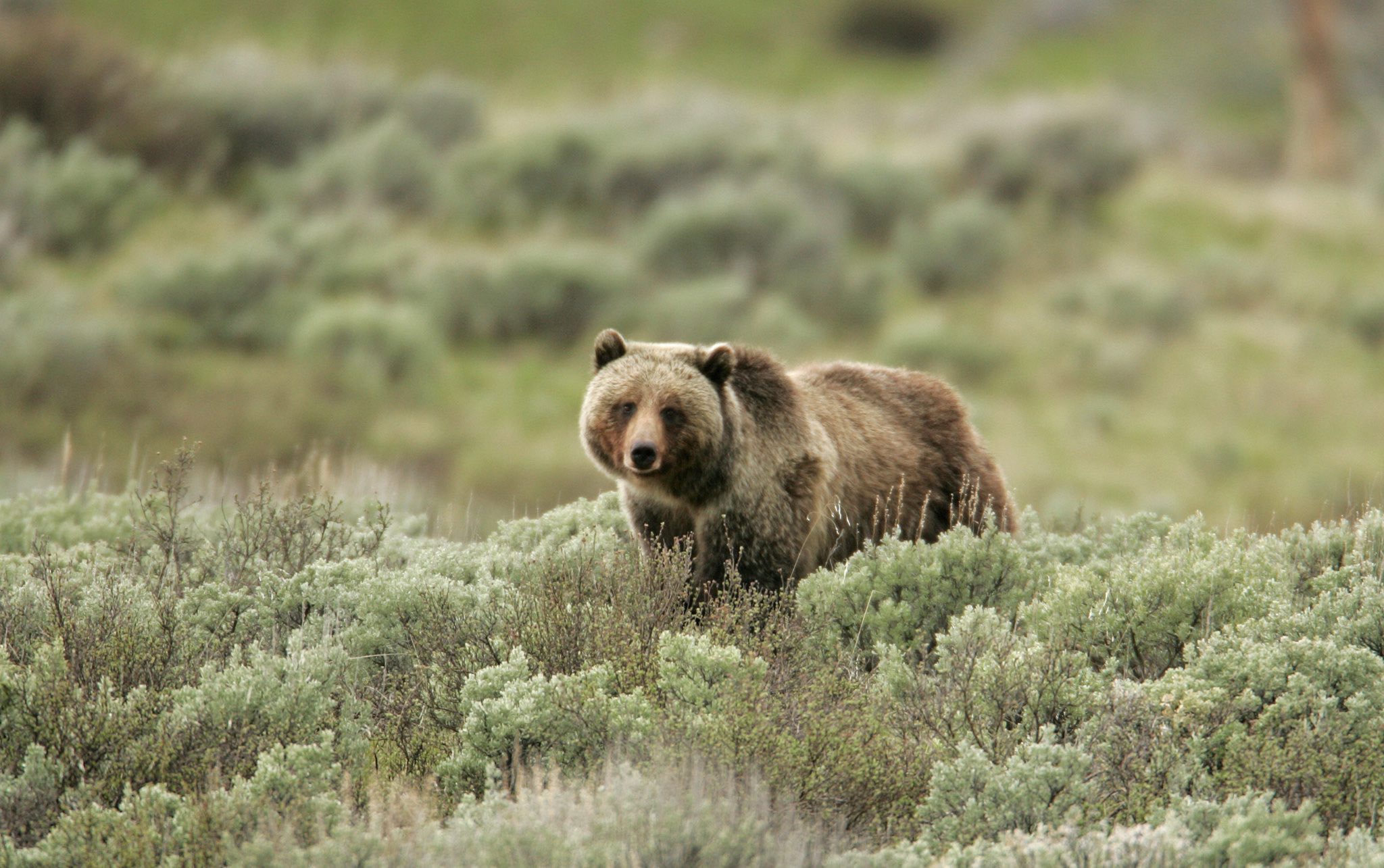By Todd Wilkinson EBS Environmental Columnist
It ought to be abundantly clear by now that, if, say, you are an executive with a Canadian hardrock mining company, it’s just not wise to mess with the American public’s beloved attachment to Yellowstone National Park.
That lesson, however, doesn’t seem to be heeded by leaders of the Crevice Mining Group who are back again aspiring to dig for gold near Jardine, Montana, just beyond Yellowstone’s northern boundary. They haven’t given up hope of moving forward; their latest tactic is using an old frontier-era right-of-way law to gain access to mining claims.
Of course, if Crevice prevails industrial activity accompanying the development would pose a major threat not only to an important wildlife migration corridor; it’s an activity that many believe is incompatible with the well-being of America’s first national park. Just because Crevice executives potentially could push to begin mineral exploration on a five-acre tract, doesn’t mean it’s a good idea.
If they need a refresher on what awaits them, they ought to revisit what happened with the New World Mine proposed for another corner of Yellowstone near Cooke City. A quarter-century ago, New World was halted following intervention from President Bill Clinton, investor pressure applied to Canadian giant Noranda, and a national outcry spearheaded by the Greater Yellowstone Coalition, then led by Mike Clark.
Not long ago, Clark and I chatted about New World and he put the fight into perspective. In nearly every corner of the Greater Yellowstone Ecosystem, he said, there are haunting examples of near misses—reminders of where disastrous natural resource extraction proposals never came to fruition, but easily could have if political winds had blown in a different direction. Only the environmental advocates who fought against them realize how close they were to being lost.
New World was one of those. Noranda and its partners aspired to dig for gold, silver and copper, moving not only massive amounts of earth but storing the waste in a toxic tailings impoundment several stories deep and as big as a football field in a drainage prone to flooding from snowmelt and earthquakes.
That it would have happened just beyond the northeast corner of Yellowstone near the Absaroka-Beartooth Wilderness, essentially bringing modern industrial impacts to a wild, wildlife-rich corner of the ecosystem, made it a controversial battle for the ages. It pitted a David, in the form of conservationists, against a corporate Goliath in Noranda that claimed $500 million of gold was ready for the taking.
Notably, the company had plenty of financial resources, political connections on Capitol Hill and no small amount of cockiness in believing it could even think about jeopardizing the well-being of Yellowstone.
Had New World moved forward, with digging slated for an old mining zone with unstable slopes, water running through, seismic activity, and headwater streams coursing into or near Yellowstone Park, concern would have forever loomed about what could go wrong. Fears focused on waters feeding the Clark’s Fork of the Yellowstone on one side of Cooke City and the headwaters to Yellowstone Park’s storied Lamar River on the other. The Lamar is also an important tributary to the Yellowstone River.
“Victories such as the one at New World occurred because conservation groups built a grassroots campaign that could not be ignored,” Clark says. “I call the community that emerged ‘The Yellowstone Nation’ because I think there now is a permanent force of people who can be called upon when needed to protect the park and ecosystem. In effect, we built a sheath of protection that encompasses the lands we call Greater Yellowstone.
“But these political abilities have to be maintained through constant scrutiny and advocacy,” Clark adds. “The forces working to destroy the integrity of Greater Yellowstone keep shifting and taking new forms. The challenges and the threats do not go away. We have moved from industrial threats caused by mining and logging into more complex threats that are harder to block or to counter; the pressures caused by ‘loving Yellowstone Ecosystem to death’ from too many demands by our growing population and the building industrial recreation economy.”
For those who downplay the menace of permanent impacts, one need only visit Butte where the mother of all mining superfund sites is located, or visit the Pegasus Gold Mine in the Little Rocky Mountains of Montana where an environmental mess was left behind following the Canadian mining company, Pegasus, declaring bankruptcy and leaving the burden of clean up for a leaching cyanide heap to Montana citizens.
According to Earthworks, a mining reform policy center, more than 12,000 miles of streams in the Rockies are impacted by abandoned mines, some too contaminated to support fish and too toxic for humans to drink.
Many of the worst industrial mining disasters have involved Canadian mining companies, whose leaders often said they shouldn’t be judged on the bad conduct of others as a reason for being given a chance to prove themselves.
The wildlife migrations and the ecological integrity of Yellowstone are indeed worth more than gold. If Crevice persists, company leaders need to realize they could be in for the worst public relations fight of their lives.
Todd Wilkinson is the founder of Bozeman-based Mountain Journal and is a correspondent for National Geographic. He authored the book “Grizzlies of Pilgrim Creek,” featuring photography by Thomas D. Mangelsen, about famous Jackson Hole grizzly bear 399. Wilkinson’s cover story on renowned actress Glenn Close appears in the summer 2021 edition of Mountain Outlaw magazine.












